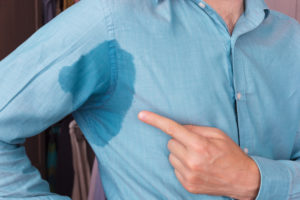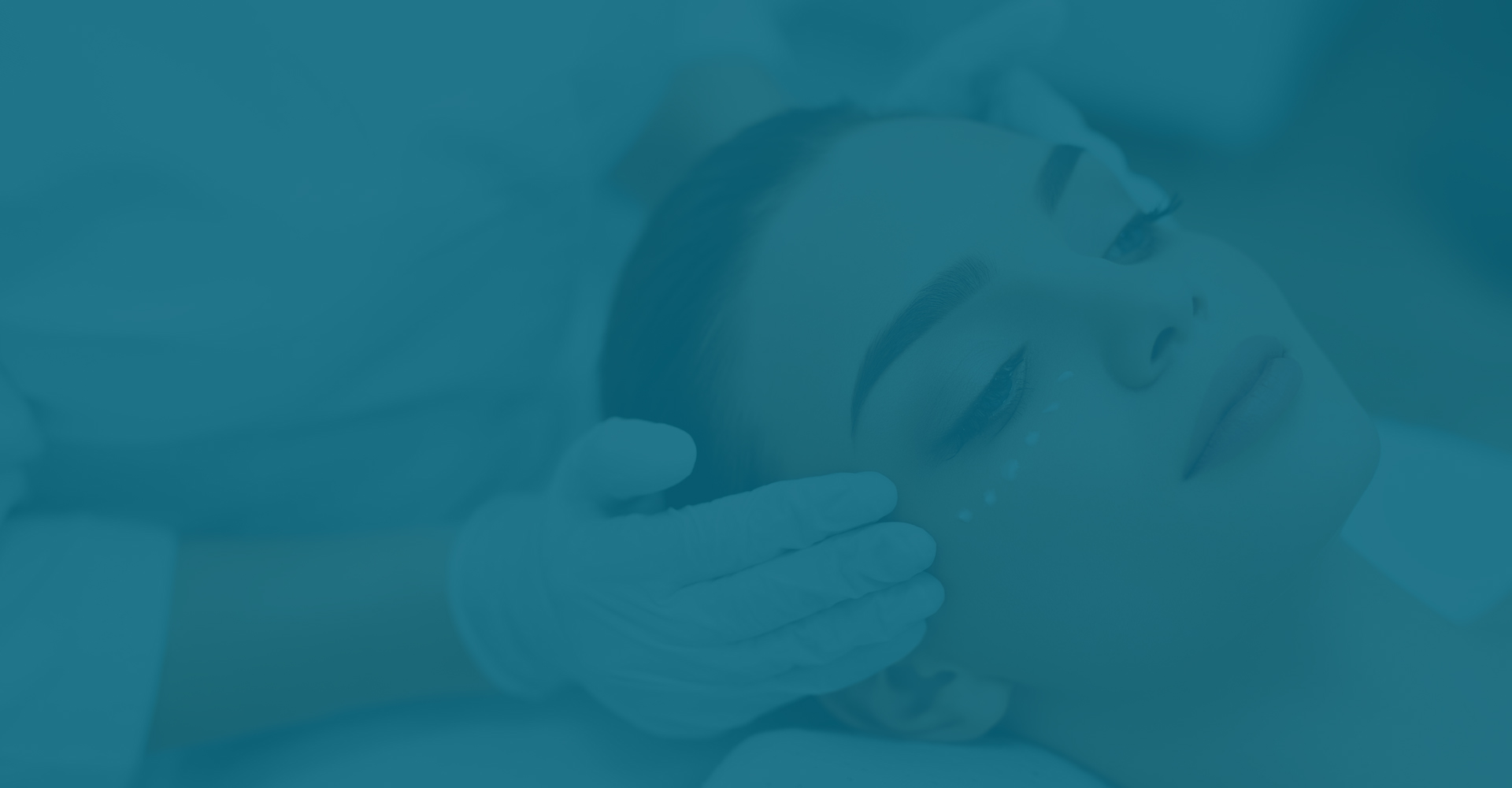30 Apr Hyperhidrosis/Excessive Sweating

Hyperhidrosis: Causes, Symptoms, and Treatment Options
Are you someone who often experiences excessive sweating? Does it happen even when you’re not engaged in any physical activity or experiencing any elevated temperature? If yes, you might be suffering from a medical condition called Hyperhidrosis. In this article, we will discuss what hyperhidrosis is, its causes, symptoms, and the available treatment options.
What is Hyperhidrosis?
Hyperhidrosis is a medical condition characterized by excessive sweating, which is not related to any physical exertion or elevated temperature. The condition affects the sweat glands, which produce more sweat than the body needs to regulate its temperature.
The condition can be categorized into two types: primary hyperhidrosis and secondary hyperhidrosis. Primary hyperhidrosis is a condition where excessive sweating occurs on specific body parts, such as the palms, soles of the feet, face, and underarms, without any underlying cause. On the other hand, secondary hyperhidrosis is when excessive sweating occurs due to an underlying medical condition such as menopause, hyperthyroidism, obesity, anxiety, and some medications.
What Causes Hyperhidrosis?
The exact cause of hyperhidrosis is not known, but research has shown that it could be hereditary. In some cases, primary hyperhidrosis is associated with an overactive sympathetic nervous system, which controls the body’s automatic functions, including sweating.
Secondary hyperhidrosis is caused by an underlying medical condition or medication. For instance, hyperthyroidism, diabetes, Parkinson’s disease, and menopause can cause excessive sweating. Certain medications such as antidepressants, antihypertensives, and opioids can also cause hyperhidrosis.
Symptoms of Hyperhidrosis
The main symptom of hyperhidrosis is excessive sweating, which can occur on the palms, soles of the feet, underarms, and face. The sweating can be severe, leading to discomfort and social embarrassment. People with hyperhidrosis may also experience cold and clammy hands and feet, skin infections, and skin maceration, where the skin becomes soft and white due to prolonged exposure to sweat.
Treatment Options for Hyperhidrosis
Hyperhidrosis can be treated using various methods. The treatment options depend on the severity of the condition and the affected body part. Here are some treatment options available for hyperhidrosis:
Antiperspirants
Antiperspirants are the first-line treatment for mild to moderate hyperhidrosis. Antiperspirants are applied on the affected body parts to reduce sweating. Antiperspirants work by blocking the sweat ducts, thereby reducing the amount of sweat produced. Aluminum chloride is the most common active ingredient used in antiperspirants.
Prescription antiperspirants contain higher concentrations of aluminum chloride and are only available with a doctor’s prescription. Antiperspirants may cause skin irritation, and people with sensitive skin should consult a dermatologist before using them.
Iontophoresis
Iontophoresis is a non-invasive treatment for hyperhidrosis. The treatment involves immersing the affected body part in water while a low electrical current passes through the water. The current blocks the sweat glands, reducing the amount of sweat produced.
Iontophoresis is commonly used to treat hyperhidrosis on the palms and soles of the feet. The treatment is safe, but it may cause skin irritation and discomfort.
Botulinum Toxin
Botulinum toxin, also known as Botox, is a neurotoxin that blocks the release of acetylcholine, a neurotransmitter that stimulates the sweat glands. Botox injections are used to treat hyperhidrosis on the palms, soles of the feet, and underarms.
The treatment involves injecting Botox into the affected area. The effects


Sorry, the comment form is closed at this time.